Were you stuck in traffic during 1999's Hurricane Floyd? Or did you hunker down at home?
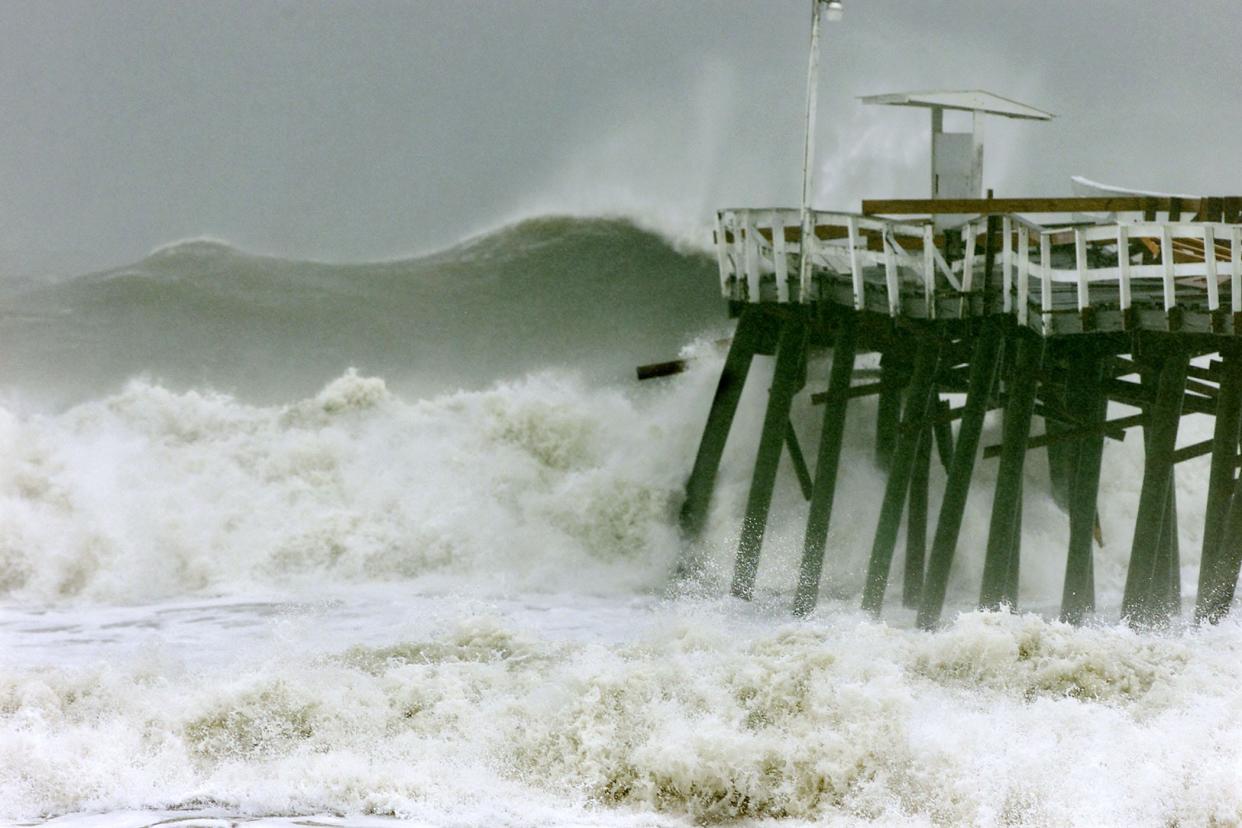
In mid-September 23 years ago, the eye of massive Hurricane Floyd, which was expected to be just 30 miles off Jacksonville Beach, instead wheeled out to sea passing 150 miles off the Northeast Florida coast.
Whew. It wasn't accurate to say the city just dodged a bullet. "This is more like we dodged a Tomahawk missile," said Andy Devanas, a state meteorologist.
A long time coming: Jacksonville Beach Pier reopens after 3 years of hurricane damage repairs
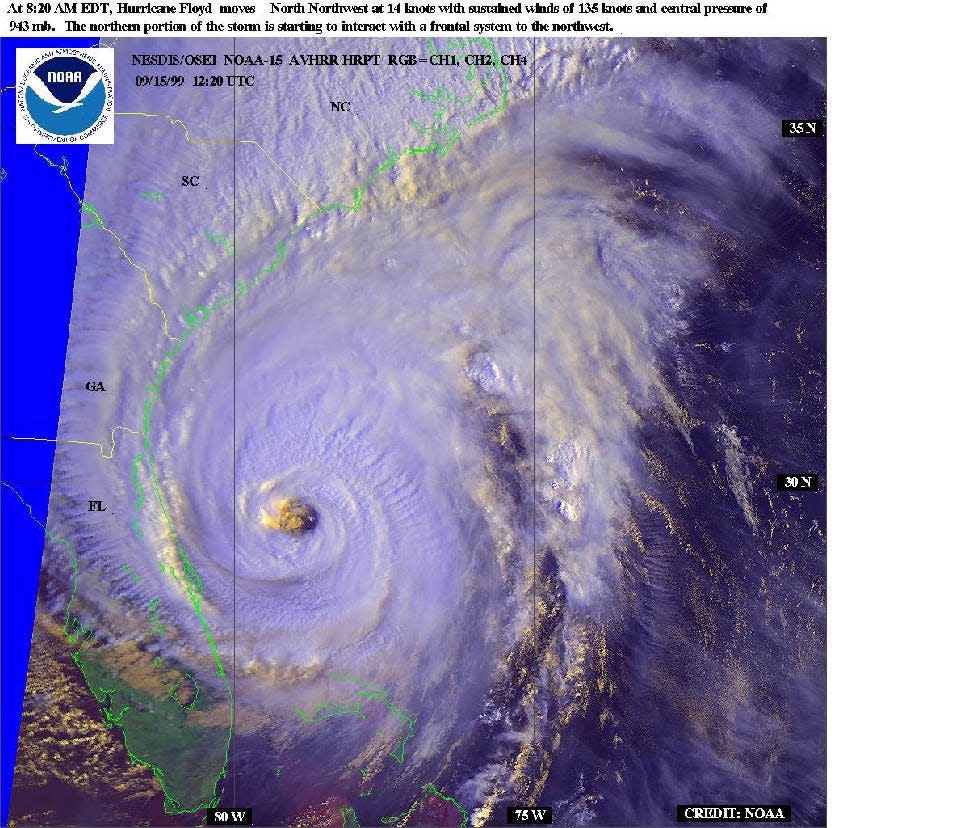
Mayor John Delaney, a resident of Neptune Beach, knew how lucky the area was. "If it would have wobbled just a little to the west instead of to the east, we would not have an Atlantic Beach, a Neptune Beach and a Jacksonville Beach. That was our greatest fear."
The 1999 storm was terrifying: Peak winds were 155 mph and the official three-day forecast cone was 236 nautical miles, so plenty of people had reason to worry — and flee, causing what was at the time the largest evacuation in U.S. history.
About 1.3 million people hit the road after evacuation orders along from Miami to Fernandina Beach. In Georgia about a half-million people also fled.
After Floyd: Lessons from Matthew, one year later
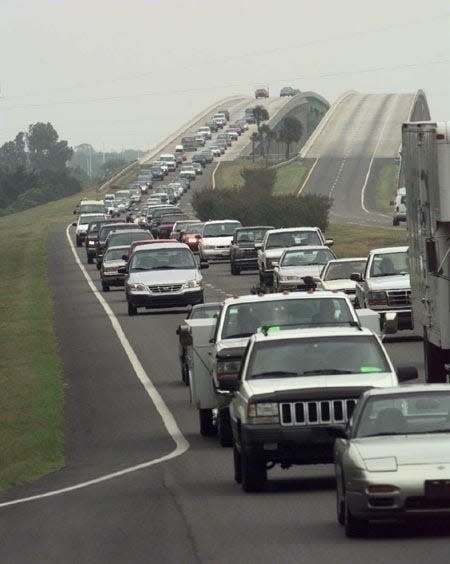
For Jaxons, it was a mess.
Drivers sitting in the epic eastbound traffic jam on Interstate 10 looked longingly — and in mounting frustration — at the mostly empty westbound lanes. Delaney asked the Florida Highway Patrol to open them to storm refugees but the FHP said they were needed for what eastbound traffic there was.
Ten years after Floyd, the state later decided westbound lanes to Lake City can be opened as a "last-resort" option. It wouldn't be until Matthew in 2016 that there would be another giant regional evacuation. And while Matthew and then 2017's Irma both had choke-points, there were not the traffic standstills that frustrated people in 1999.
Hurricane Matthew: A close call
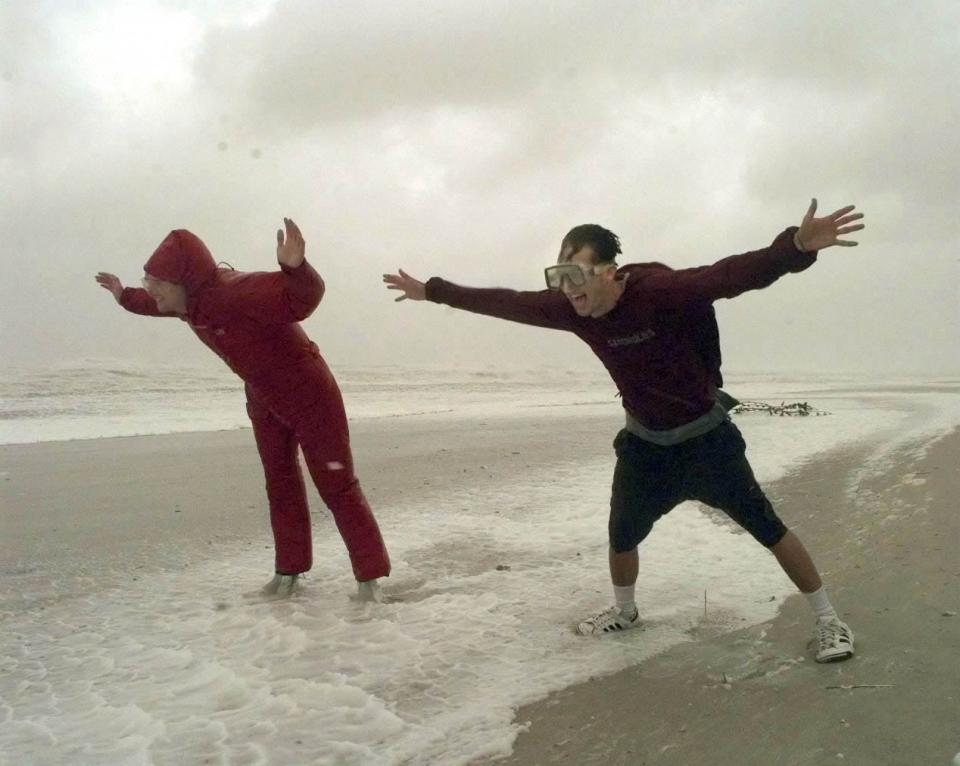
Times-Union writer Sandy Strickland summed up the plight of Floyd refugees in a 2017 retrospective:
"The parking lot and grounds of an at-capacity Days Inn in Lake City looked like a refugee camp overflowing with evacuees and their pets. Scores of people slept in their cars. Some slept on the floor and on couches in the Days Inn lobby ... Others told of wandering the smaller roads in Georgia for 10 hours looking for a place to stay before finding shelter at churches in McRae and Kathleen in the south-central part of the state.”
Sandy Strickland: Hurricane Floyd gridlock exodus was largest in Florida
Four years after Hurricane Irma: Jacksonville-area recovery effort concludes thousands of repairs
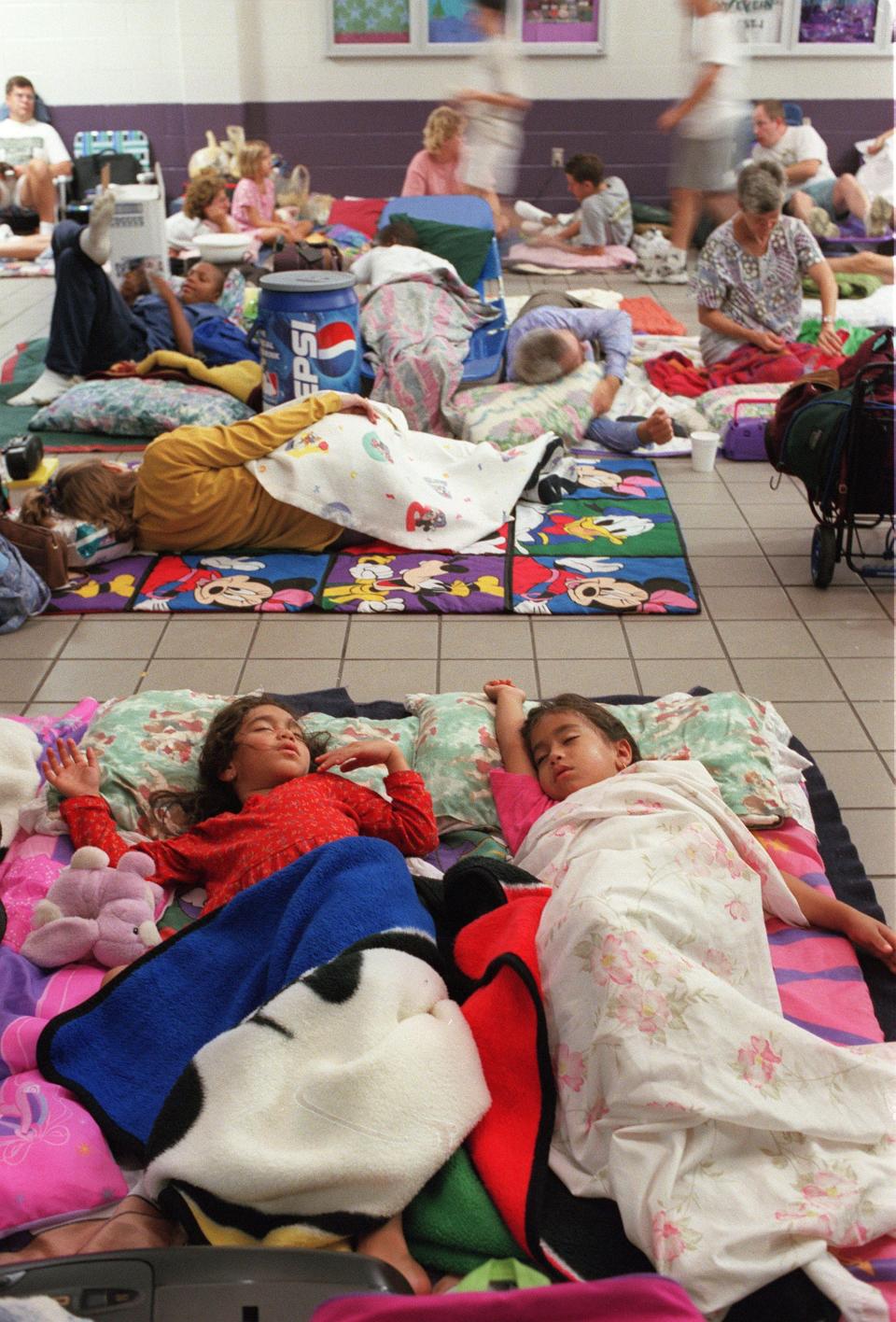
On Interstate 16 in Georgia, some drivers just gave up, and the shoulders and median became "a miles-long campground," Strickland wrote, as refugees slept in their cars, in tents or on the ground.
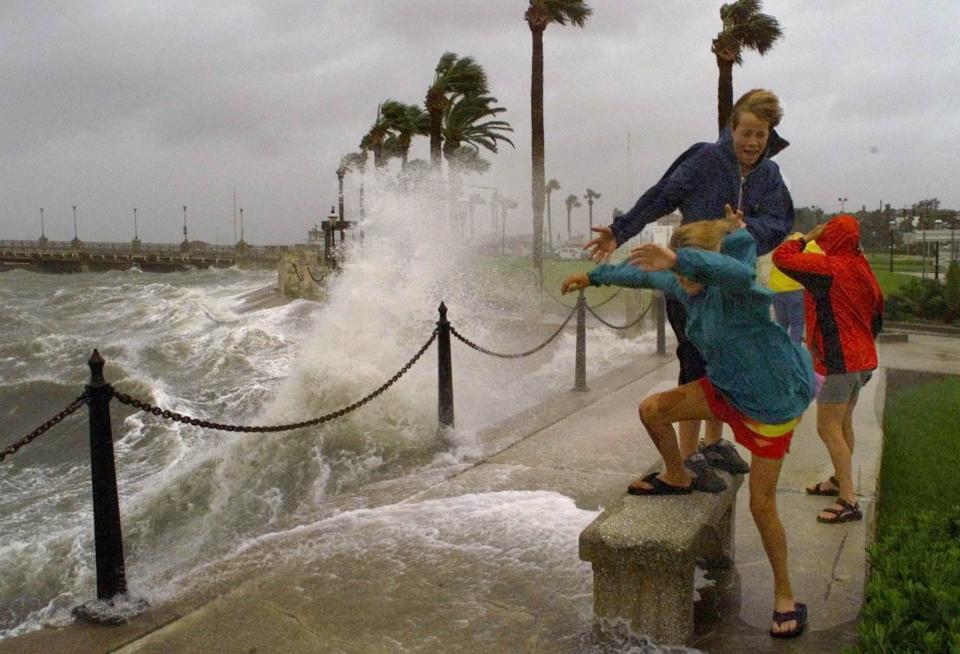
Hotels all the way to Tallahasse were booked, and nerves were frazzled past the breaking point. The manager of the Days Inn in Macclenny summed up the apocalyptic feel.
“It has been crazy," he said. "It’s like the end of the world."
This article originally appeared on Florida Times-Union: Hurricane Floyd spared Jacksonville in 1999, but not traffic jams

